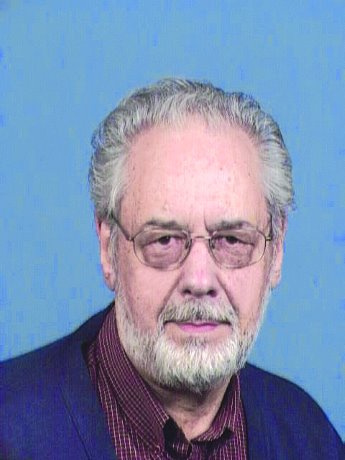Sometimes, it seems, there is no limit to people’s audacity. It also sometimes seems that there is no limit to people’s inventiveness.
No matter how outlandish an idea might seem, there are always people — researchers, scientists, inventors — who find a way to turn that outlandish idea into reality.
Late in the 19th century, a Russian scientist named Konstantin Tsiolkovsky, inspired by the Eiffel Tower in Paris, was probably the first person to suggest the idea of a space elevator. He suggested that starting with something similar to the Eiffel Tower but continuing on up to an altitude of 35,790 km would one day be possible.
That altitude would have put the top end of the elevator into a geostationary orbit. That’s an orbit that would have kept the top end of the elevator rope constantly above the same point on the earth’s surface.
The idea was ridiculous, of course. But it was intriguing enough that it got serious scientists wondering from time to time whether it might actually be possible.
Then, a couple of years ago the Obayashi Corporation, a Japanese-based multinational construction company, announced its intention of building a space elevator that would carry material and people into space at only a fraction of the cost of today’s expensive rocket-powered space shuttles. Its plan is to have the space elevator in place by the year 2050.
But there are obstacles to overcome of course. One would be the sheer weight of the cable necessary not only to support itself but to support the weight of the cabin or cabins that would climb up and down along the rope.
So the cable would have to be unimaginably long, unimaginably light, and unimaginably strong. And to achieve that, Obayashi is relying upon the development of cable made from carbon nanofibres.
Nanotechnology itself is something that almost defies imagination. A good layman’s definition of nanotechnology might be the science of the unimaginably small. A nanometre, after all is a billionth of a metre. The diameter of an average human hair is perhaps 50 to 60 nanometres.
Scientists have discovered that at that scale, many materials take on unexpected properties. In the case of carbon fibers, one of those unexpected properties is a tensile strength more than 100 times greater than steel while being far, far lighter.
While carbon nanofibres already exist, the nanotechnology capable of creating such a long rope or cable is still under development. Obayashi is hoping that the technology will be ready by about 2030. By then it expects that researchers at Kanagawa University will have robotic climbing cars for use on the elevator.
Strength and weight of the cable represent just one of the problems Obayashi faces. The system it proposes also needs a power source.
That’s where researchers at the University of Alberta come into the picture. They have discovered that some abundant earth materials, might be used to make inexpensive solar cells based on nanoparticles of phosphorus or zinc. The cells could be sprayed onto many surfaces to create solar arrays for generating power.
Still open for discussion is the matter of how to get the top end of the space elevator up where it’s needed, which is almost 36,000 km above us.
It has to be at that altitude. Lower, and gravity would ultimately cause it to plunge back toward earth; higher, and centrifugal force would fling it into space.
Other firms have toyed with the idea of a space elevator. Google is one of them, but says it has decided that the project is not currently feasible. Note that word "currently." Google didn’t say the project is impossible.
Of course, if the project ever does get under way, it would open up yet another question:
Where would all the sidewalk superintendents stand?
Korky Koroluk is an Ottawa-based freelance writer. Send comments to editor@dailycommercialnews.com.











Recent Comments
comments for this post are closed